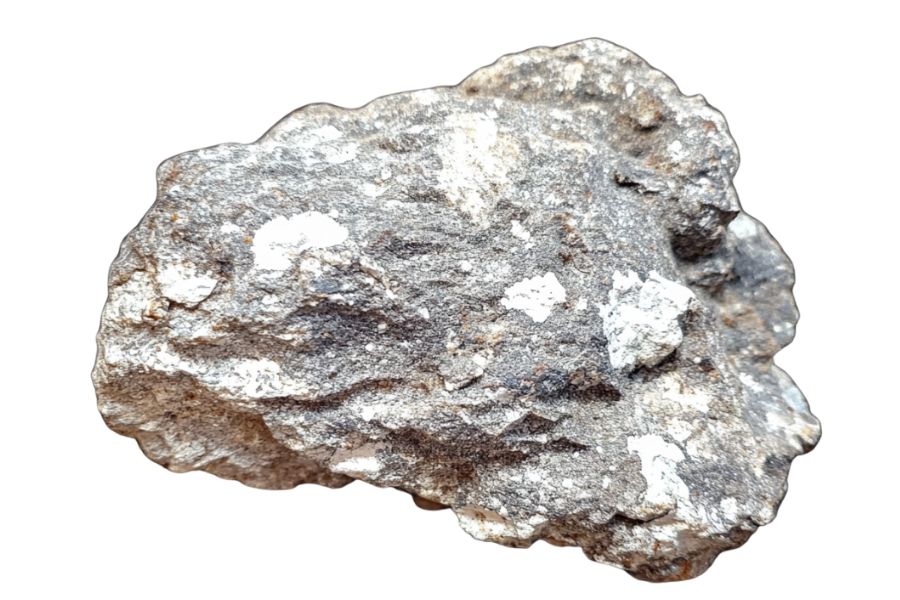Looking for platinum can drain your wallet if you don’t know where to look. Most people waste hours driving to random spots, only to come back empty-handed. The frustration builds when you’ve spent money on gas and supplies with nothing to show for it.
I’ve been there too. After many years of searching, I now know what works. And the key is knowing which areas have the right soil types and rock formations that often contain platinum.
This guide will take you through proven locations. These are real places where you can actually find platinum deposits without needing expensive equipment or special permits.
How Platinum Forms Here
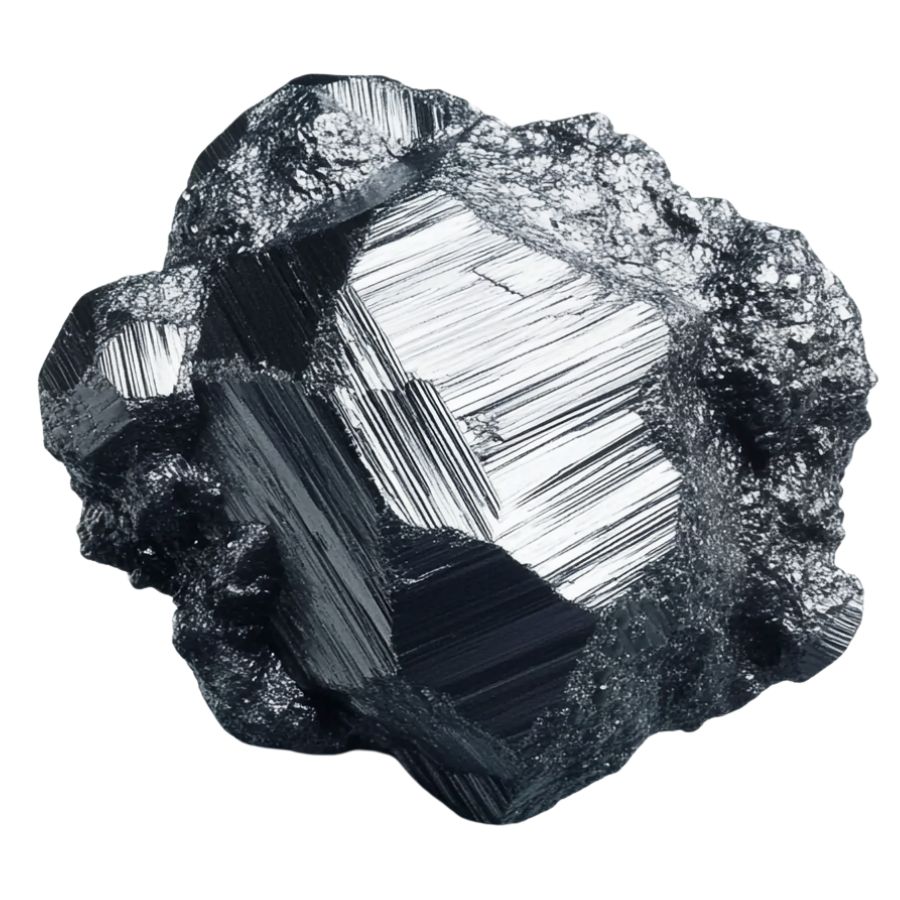
Platinum forms deep within Earth’s mantle, about 90-125 miles below the surface. This precious metal starts its journey when molten rock cools very slowly under extreme pressure.
Unlike gold, platinum rarely forms large nuggets. Instead, it typically appears as tiny grains mixed with other rocks. When ancient volcanoes erupt, they sometimes bring platinum-bearing rocks closer to the surface.
Over millions of years, weathering breaks down these rocks, and the heavy platinum particles get washed into streams and riverbeds.
Most platinum comes from places where parts of the mantle pushed up through the crust long ago. Miners often find platinum alongside nickel and copper deposits in igneous rocks.
Some platinum forms when meteor impacts create the perfect temperature and pressure conditions for these rare metals to crystallize.
Platinum Host Rocks
Platinum is a rare and valuable metal that occurs naturally in certain geological formations. These formations, often ultramafic and mafic igneous rocks, are significant hosts for platinum mineralization. Below is an overview of ten such rock types and geological settings associated with platinum deposits:
Peridotite
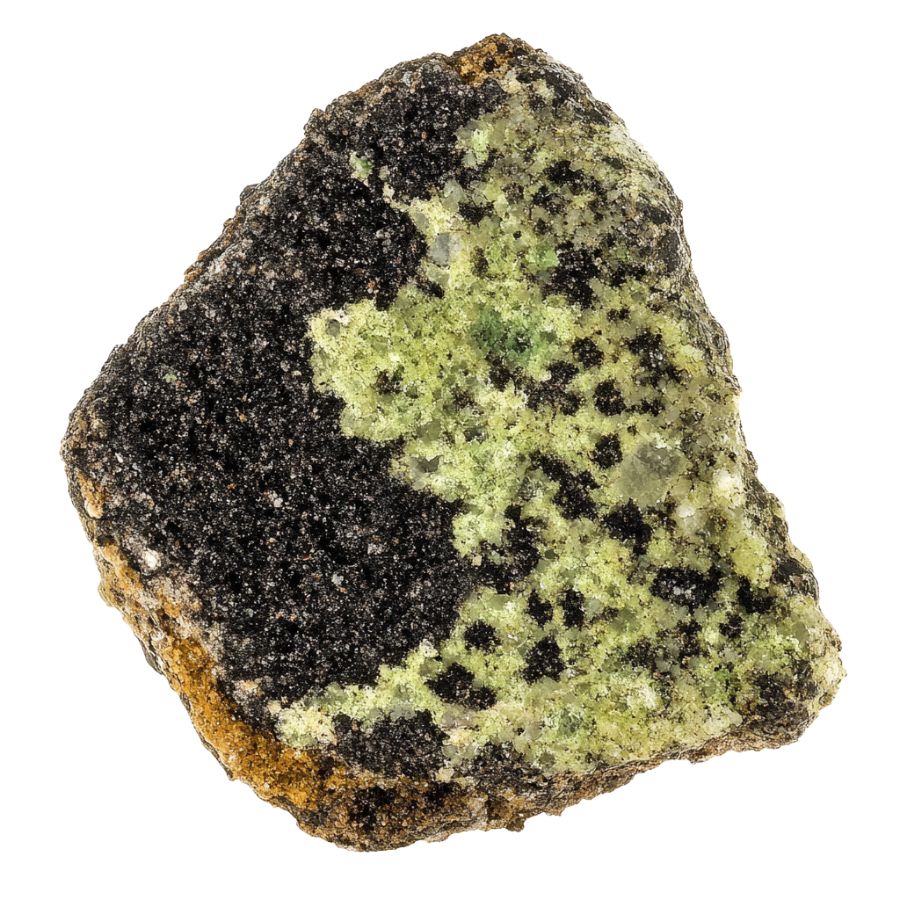
Peridotite is a green igneous rock that forms deep within the Earth’s mantle. Its striking color comes from its main mineral, olivine, with black specks from minerals like chromite or magnetite adding contrast. Unlike other similar rocks, peridotite contains less than 45% silica.
This special rock serves as a natural home for platinum. The precious metal hides inside peridotite as tiny grains, sometimes too small to see without a microscope.
Platinum in peridotite often teams up with other valuable metals like palladium, rhodium, and iridium. Miners search for areas where natural processes have concentrated these platinum grains into richer deposits.
When you see platinum jewelry, there’s a good chance the metal originally came from peridotite deep beneath the Earth’s surface.
Dunite
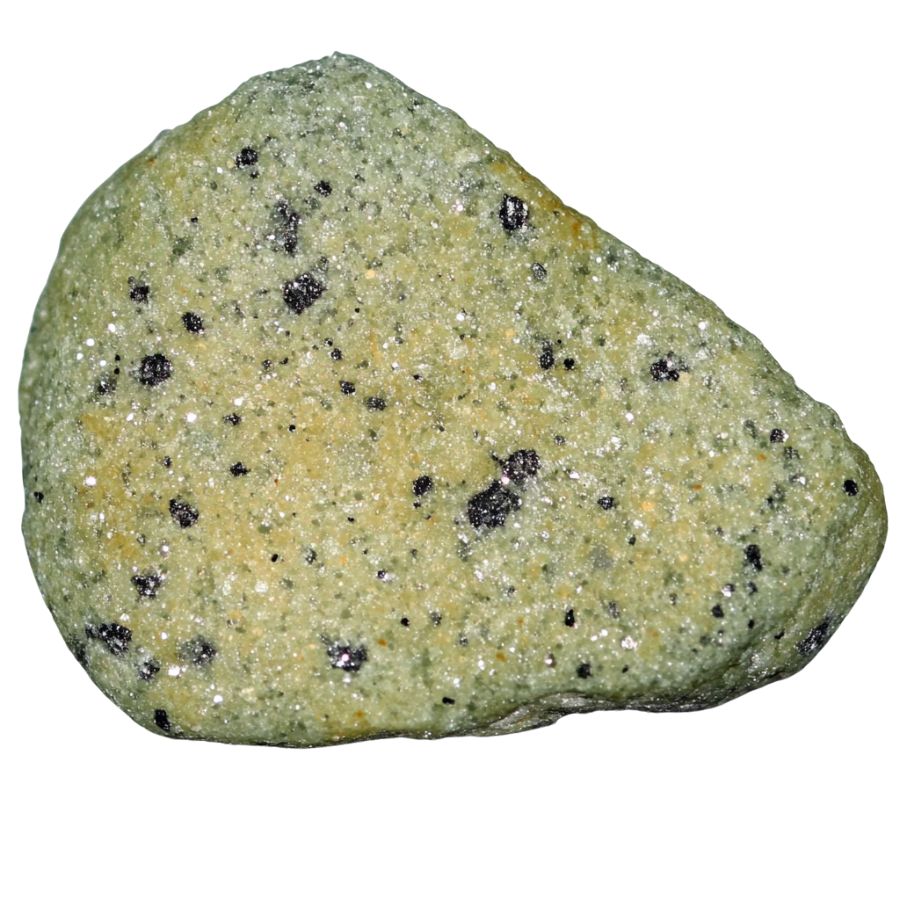
Dunite is an olive-green to yellowish-green rock with a speckled appearance. It has a coarse texture where you can see individual mineral grains. Unlike other similar rocks, dunite consists of more than 90% olivine, giving it a more uniform green color than peridotite or harzburgite.
Platinum loves to hide in dunite rocks, especially in areas with lots of chromite minerals. The platinum in dunite often appears as tiny metal flakes or as minerals mixed with arsenic compounds.
Over millions of years, as the magma cools and crystals grow, platinum gets caught between the olivine minerals. Some of the world’s most valuable platinum comes from dunite that formed over a billion years ago.
Harzburgite
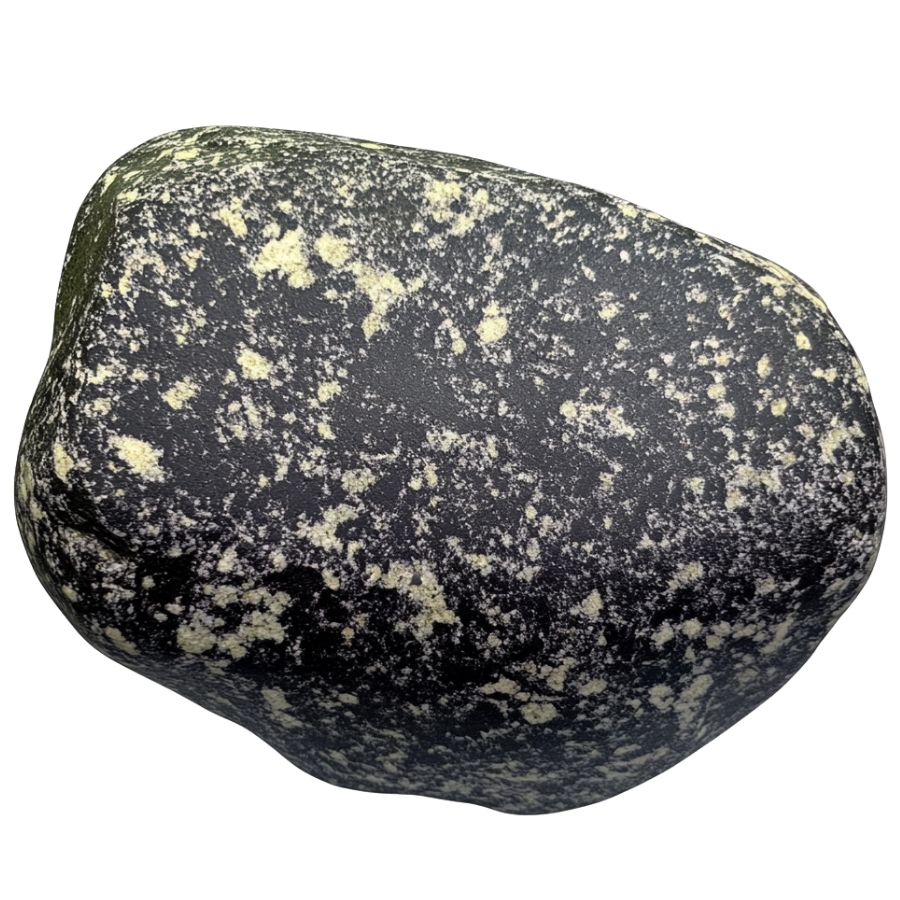
Harzburgite displays a dark green to greenish-black color with a speckled appearance. It features olive-green olivine crystals mixed with darker orthopyroxene minerals. Unlike dunite, harzburgite contains significant amounts of orthopyroxene alongside olivine but has less clinopyroxene than other peridotite varieties.
The platinum in harzburgite tells an interesting story about Earth’s inner workings. This rock forms through a process called partial melting, which concentrates platinum in the remaining solid material.
As magma bubbles up through Earth’s mantle, harzburgite acts like a natural filter, sometimes collecting platinum along with other rare metals. Platinum hunters look for harzburgite that contains tiny sulfide minerals, as these often hold the precious metal.
The platinum in harzburgite is especially valuable because it forms under extreme conditions that are hard to reproduce in laboratories, making each deposit unique.
Pyroxenite
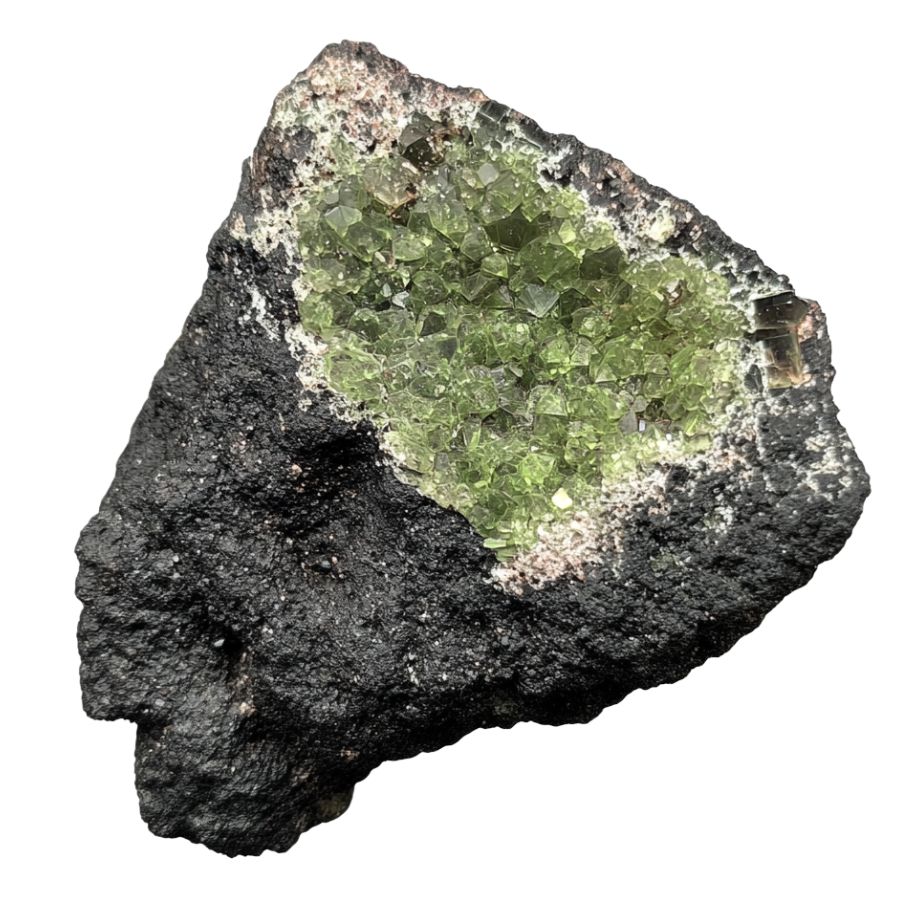
Pyroxenite comes in dark green, black, or light green colors with layered, banded, or veined patterns throughout the rock. It has a range of luster from dull to vitreous or even slightly metallic. Unlike peridotite varieties, pyroxenite contains mostly pyroxene minerals like augite and diopside, with little to no olivine.
Platinum finds a perfect home in pyroxenite rocks, often forming rich deposits that miners treasure. The special mineral makeup of pyroxenite creates ideal conditions for platinum to concentrate, especially along layer boundaries where different minerals meet.
When magma slowly cools to form pyroxenite, platinum particles get trapped in growing crystals or settle between layers. Sometimes, the platinum in pyroxenite appears as its own minerals like sperrylite, which contains platinum and arsenic. Other times, it hides inside sulfide minerals alongside copper and nickel.
Geologists use sophisticated tools to find these platinum-rich zones in pyroxenite, looking for subtle clues that indicate where the precious metal might be hiding.
Norite

Norite is a dark gray to greenish-black rock with visible salt-and-pepper speckles. These speckles come from the light-colored plagioclase feldspar mixed with dark orthopyroxene minerals. The rock has a coarse texture where you can see individual crystals without a magnifying glass.
Platinum in norite typically appears alongside other valuable metals, creating treasure troves beneath the surface. Unlike in some other rocks, platinum in norite often forms during the cooling of magma chambers, when the metal concentrates in specific layers as the liquid rock solidifies.
The platinum minerals in norite can take various forms – sometimes as pure metal flakes, sometimes as compounds with sulfur or other elements. These differences affect how miners extract the platinum and how much the deposit is worth.
Gabbro
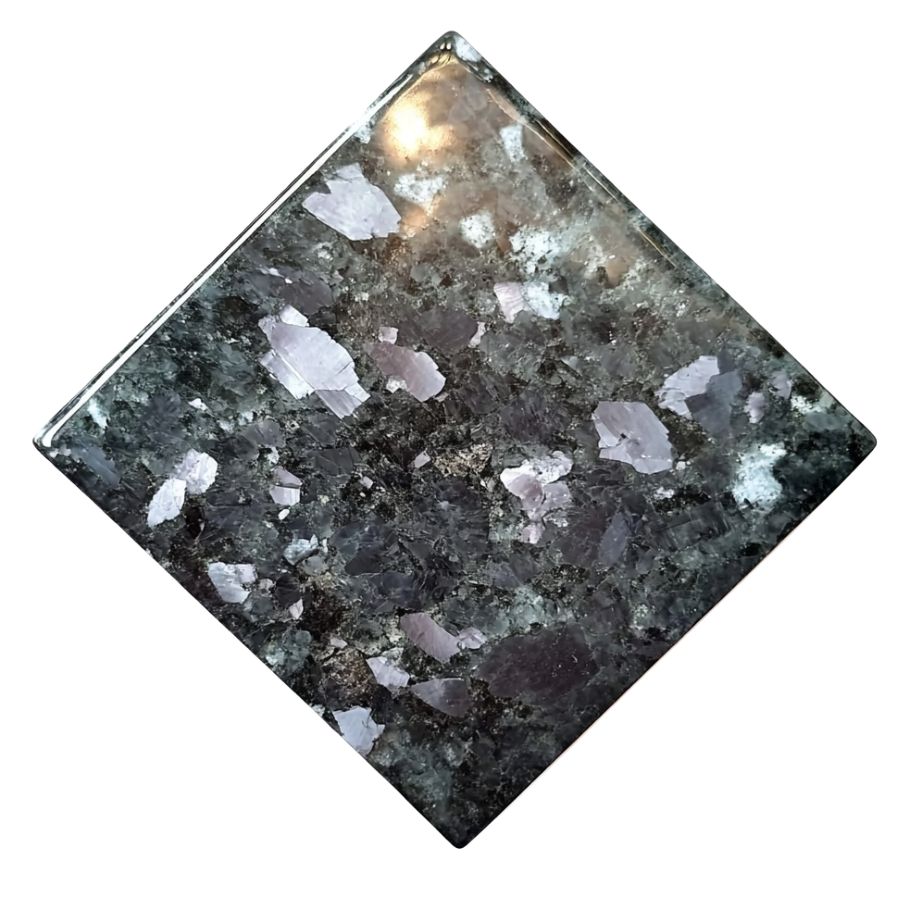
Gabbro is a dark-colored rock with visible crystals of white to gray feldspar mixed with black or dark green minerals. Its coarse texture comes from slow cooling deep underground, letting the crystals grow large enough to see easily. Unlike granite, which is light-colored with lots of quartz, gabbro is much darker and heavier.
When platinum appears in gabbro, it often creates some of the most valuable metal deposits on Earth. The platinum doesn’t spread evenly through the rock, instead, it concentrates in special zones that formed as the magma cooled and different minerals crystallized. These zones sometimes look like layers or bands running through the gabbro.
The platinum in gabbro usually teams up with metals like palladium, creating a natural alloy. Sometimes, it forms its own minerals with sulfur or arsenic. Because gabbro is so tough and resistant to weathering, mining platinum from it can be challenging but very rewarding.
Anorthosite
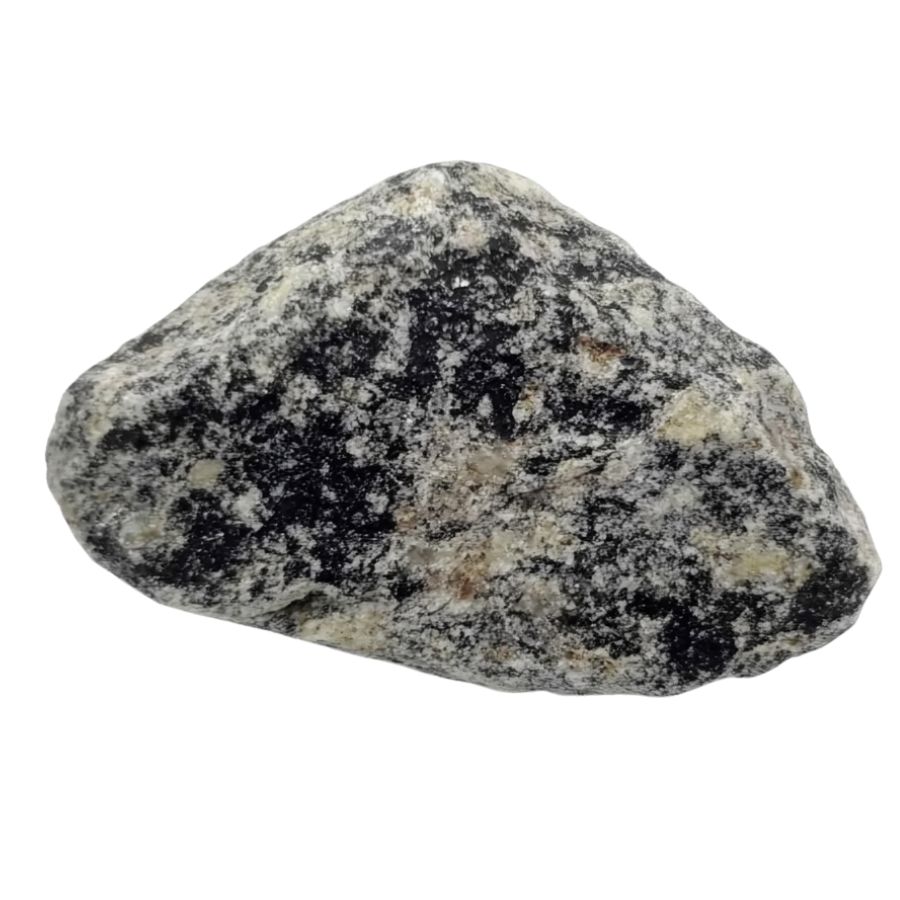
Anorthosite is a light-colored rock, usually white to light gray. Unlike most igneous rocks that contain various minerals, anorthosite is made up of more than 90% plagioclase feldspar, with very few dark minerals. This gives it a much lighter appearance than similar rocks like gabbro or norite.
The platinum in anorthosite systems often appears with copper and nickel minerals, forming complex patterns that geologists work hard to understand.
When studying anorthosite for platinum potential, scientists look for subtle color changes or mineral differences that might signal the presence of the valuable metal. The contrast between light anorthosite and the darker minerals that sometimes contain platinum makes these deposits particularly interesting.
Chromitite
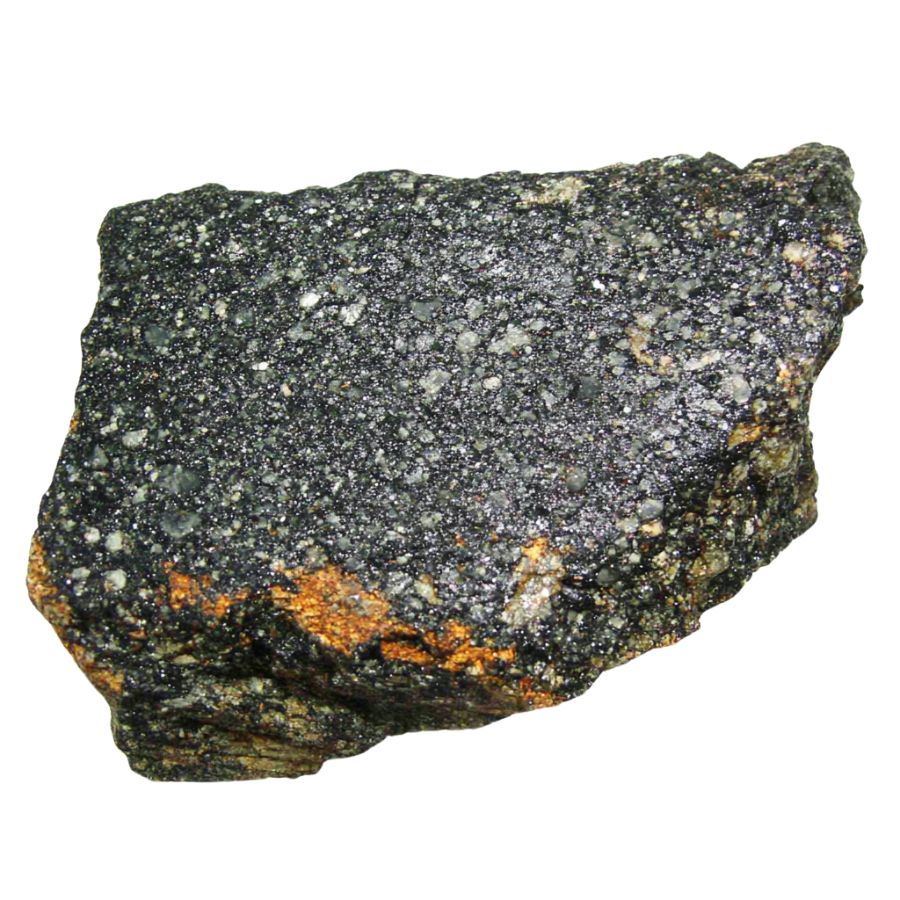
Chromitite is a dark, almost black mineral with a metallic to slightly greasy shine. When you look at it closely, it might have dark gray or brown-black tones. Unlike similar-looking minerals, chromitite forms in distinct masses or layers within certain rock types, especially in rocks related to ancient volcanoes.
Platinum in chromitite often appears as tiny grains nestled between the chromite crystals or as microscopic particles inside the crystals themselves. When geologists find thick layers of chromitite, they get excited about the platinum potential.
The relationship between chromium and platinum remains somewhat mysterious, but we know that the same geological processes that concentrate chromium often gather platinum too.
Some chromitite layers contain so much platinum that even though the metal is invisible to the naked eye, these rocks become some of the most valuable materials on Earth.
What Does Rough Platinum Look Like?
When found in the wild, rough platinum has distinctive qualities that separate it from other similar-looking minerals. Here’s how to spot it even if you’re not a rock expert.
Check for a Silvery-Gray or Steel Color
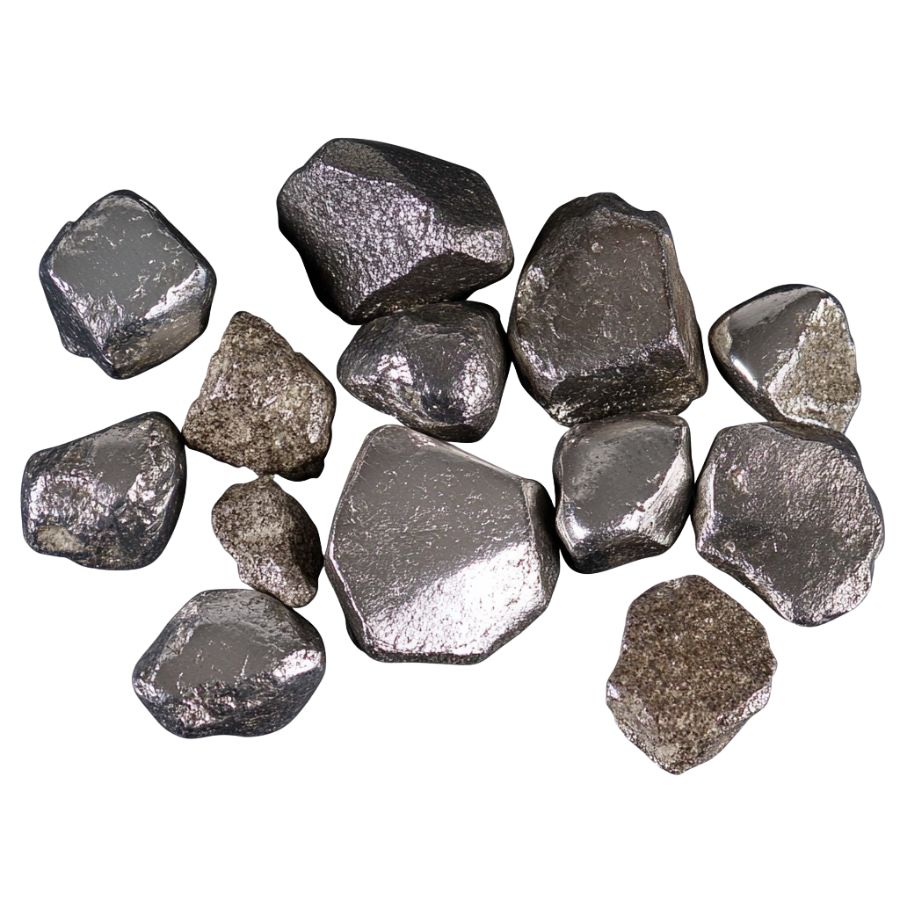
Raw platinum usually has a silvery-gray or steel-like appearance with a dull metallic luster. Unlike silver, it won’t tarnish or develop a blackened surface over time. It also lacks the brassy or yellowish tone of minerals like pyrite (fool’s gold).
Sometimes, native platinum may appear slightly darker due to natural coatings or mineral impurities. If you gently scratch the surface, you might expose a brighter metallic streak underneath — a good sign you’re on the right track.
Also, it won’t show rainbow flashes or colorful reflections like some other shiny minerals.
Look for Rounded, Worn Nugget Shapes
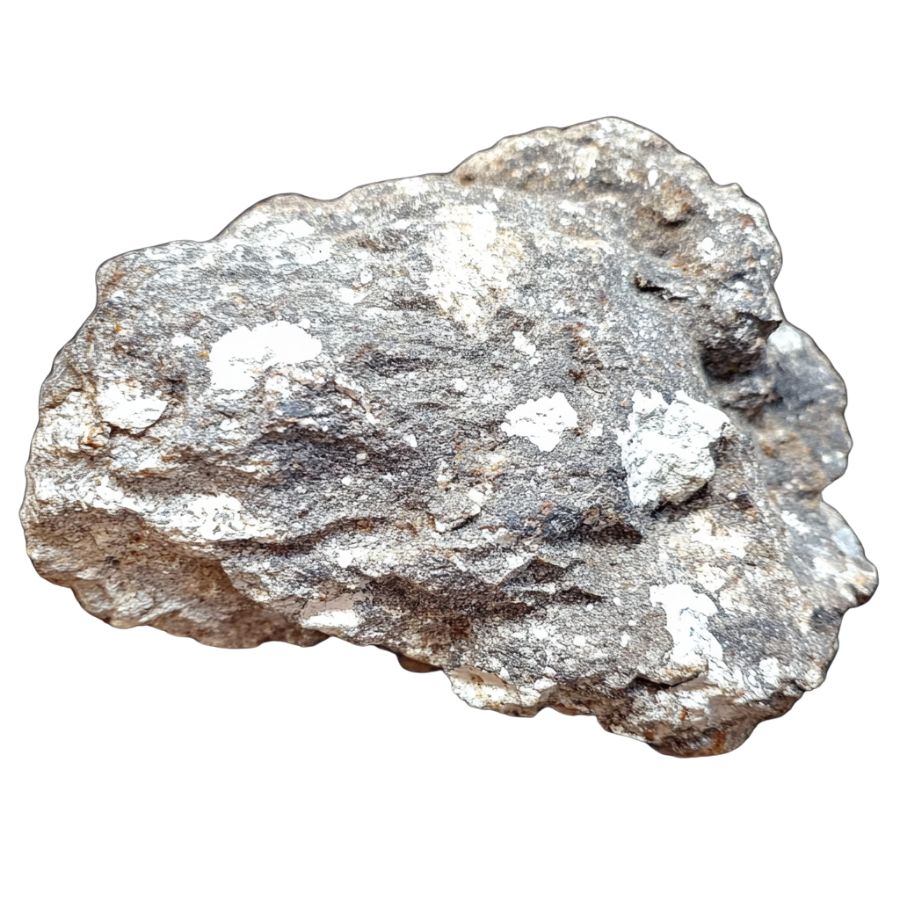
In nature, platinum typically appears as small nuggets, grains, or flattened flakes. These pieces often have smooth, rounded edges, especially if they’ve been tumbled in a stream or river. They can look a bit like dull silver pebbles — dense, worn, and irregular.
Crystalline platinum is extremely rare, so don’t expect sharp edges or well-defined shapes. Instead, look for odd but smoothed forms, like tiny clustered balls or slightly squished flakes.
Test the Surprising Heaviness
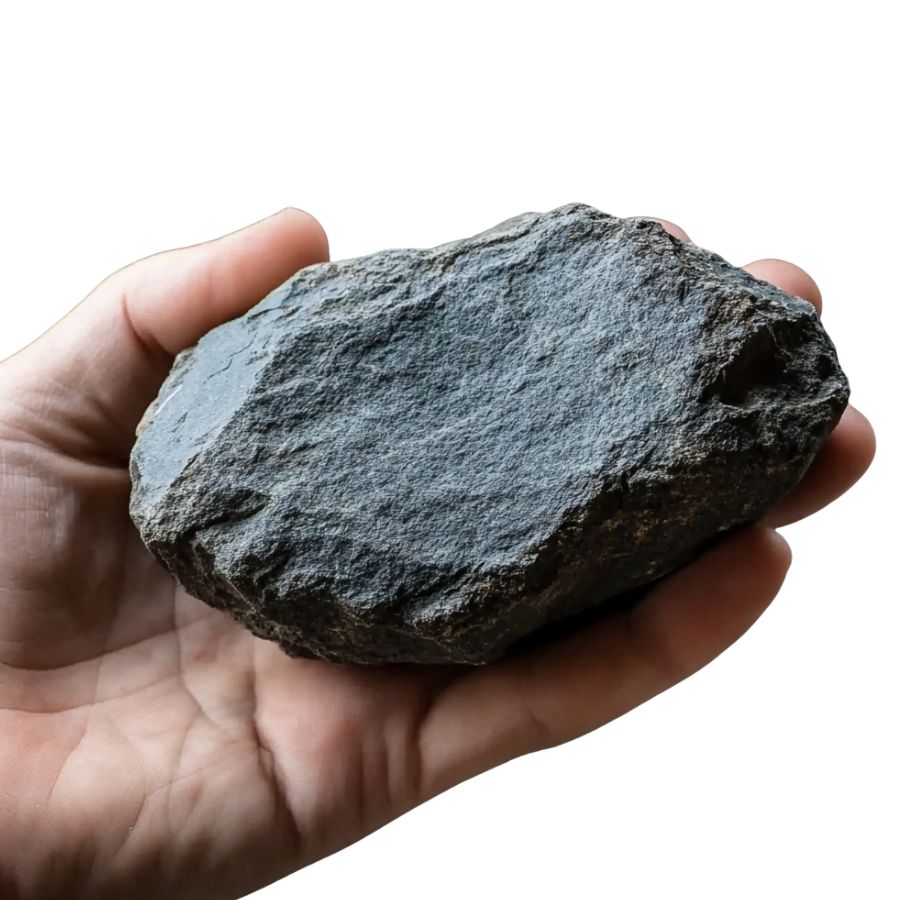
If you pick up a small piece and it feels unusually heavy for its size, that’s a strong clue. It’s denser than silver, lead, and even gold, giving it a distinct heft in your hand.
While it’s only slightly heavier than gold, it’s noticeably denser than most rocks or minerals you’ll come across. That weight, combined with color and shape, makes rough platinum easier to spot once you know what to look for.
What About Platinum Ore?
Platinum is often found in ore rather than as pure nuggets, especially in hard rock deposits. These ores usually come from ultramafic or mafic igneous rocks like peridotite, dunite, or chromitite. The rock might look dark, heavy, and unremarkable — but can contain microscopic grains of platinum group metals.
Visually, platinum ore doesn’t usually stand out. It’s often associated with other metals like nickel, copper, and iron, and may have a greenish or dark gray color with metallic flecks.
Professional identification usually requires assay testing or specialized tools — so if you’re near a known deposit and find unusually heavy, dark rock with metallic grains, it could be worth having it checked.
A Quick Request About Collecting
Always Confirm Access and Collection Rules!
Before heading out to any of the locations on our list you need to confirm access requirements and collection rules for both public and private locations directly with the location. We haven’t personally verified every location and the access requirements and collection rules often change without notice.
Many of the locations we mention will not allow collecting but are still great places for those who love to find beautiful rocks and minerals in the wild without keeping them. We also can’t guarantee you will find anything in these locations since they are constantly changing.
Always get updated information directly from the source ahead of time to ensure responsible rockhounding. If you want even more current options it’s always a good idea to contact local rock and mineral clubs and groups
Tips on Where to Look
Platinum is rare but not impossible to find. Here are some spots where you might get lucky with your search.
Placer Deposits
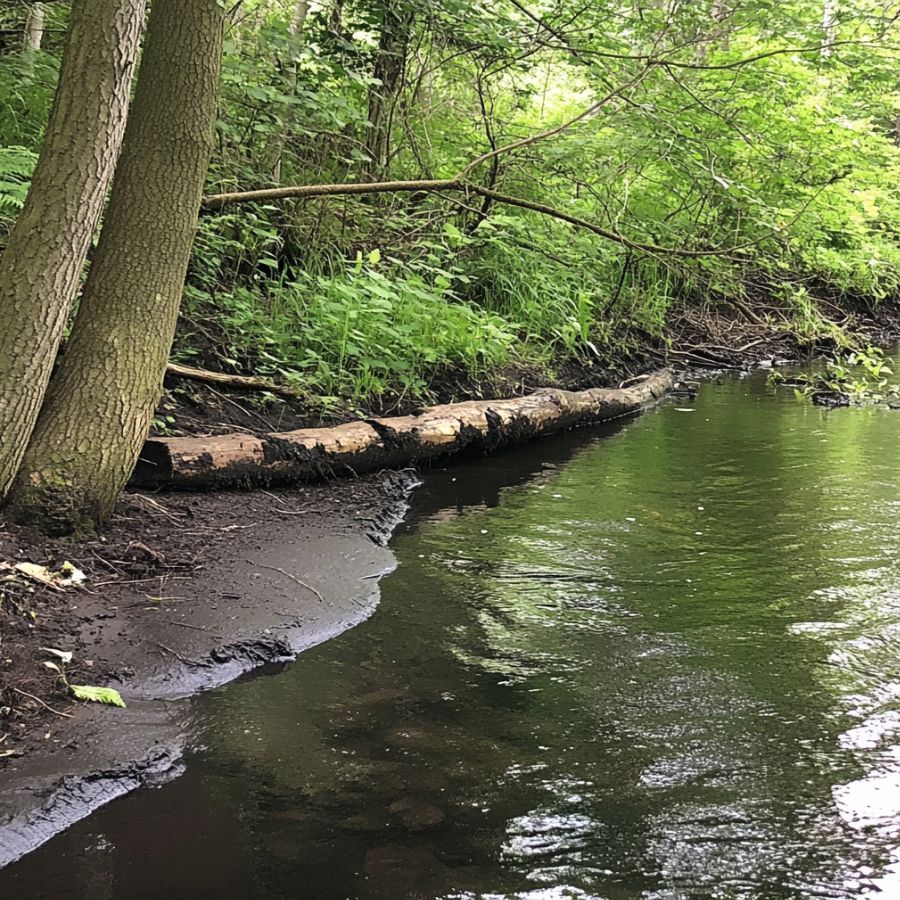
Check out streams and rivers. Platinum is heavy and sinks to the bottom of moving water. You’ll want to grab your pan and look in the same spots where you’d search for gold.
Focus on the bends of rivers where water slows down and heavier metals drop. The black sand areas are your best bet, and that’s where platinum particles often hide.
Sometimes, after a heavy rainfall washes away lighter materials, you might find platinum nuggets or flakes mixed in with other dense minerals that have been collecting there for thousands of years.
Ultramafic Rocks
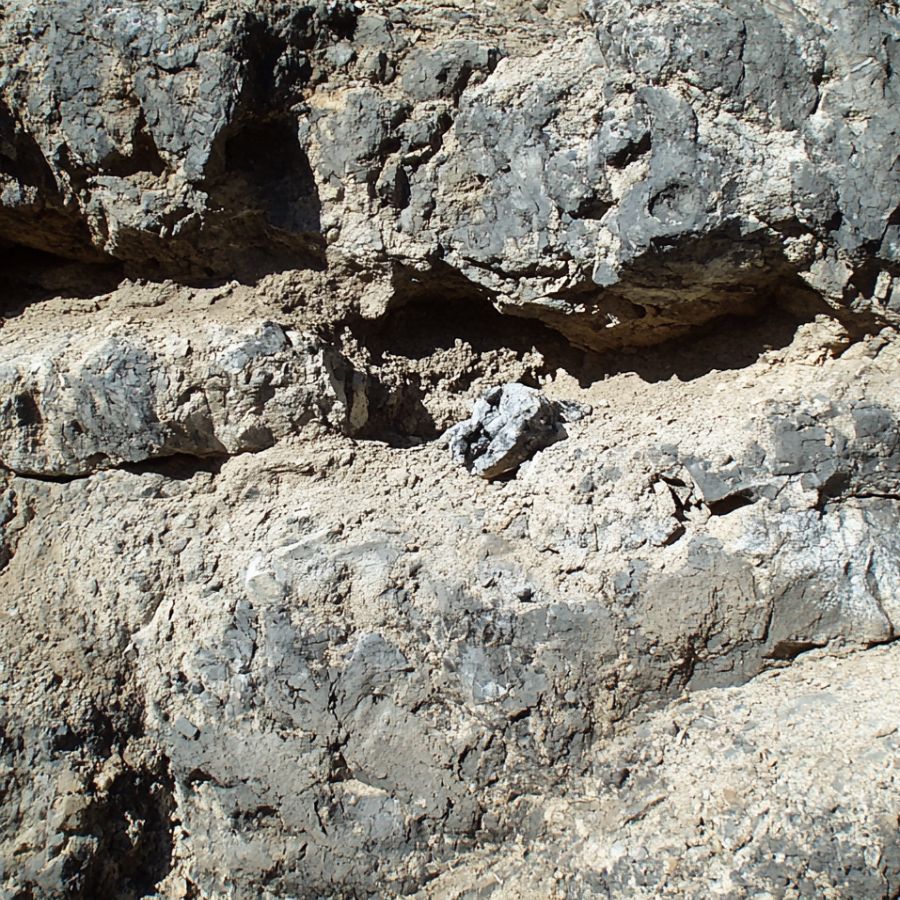
Hunt around dark-colored rocks. Ultramafic rocks like serpentinite, which often have a greasy green look and feel, sometimes contain platinum. These rocks form from the Earth’s mantle and get pushed up to the surface.
Break open some samples and look for metallic specks. If you spot chromite (black, metallic mineral) in these rocks, that’s a good sign because platinum likes to hang out with chromite.
Old Mine Tailings
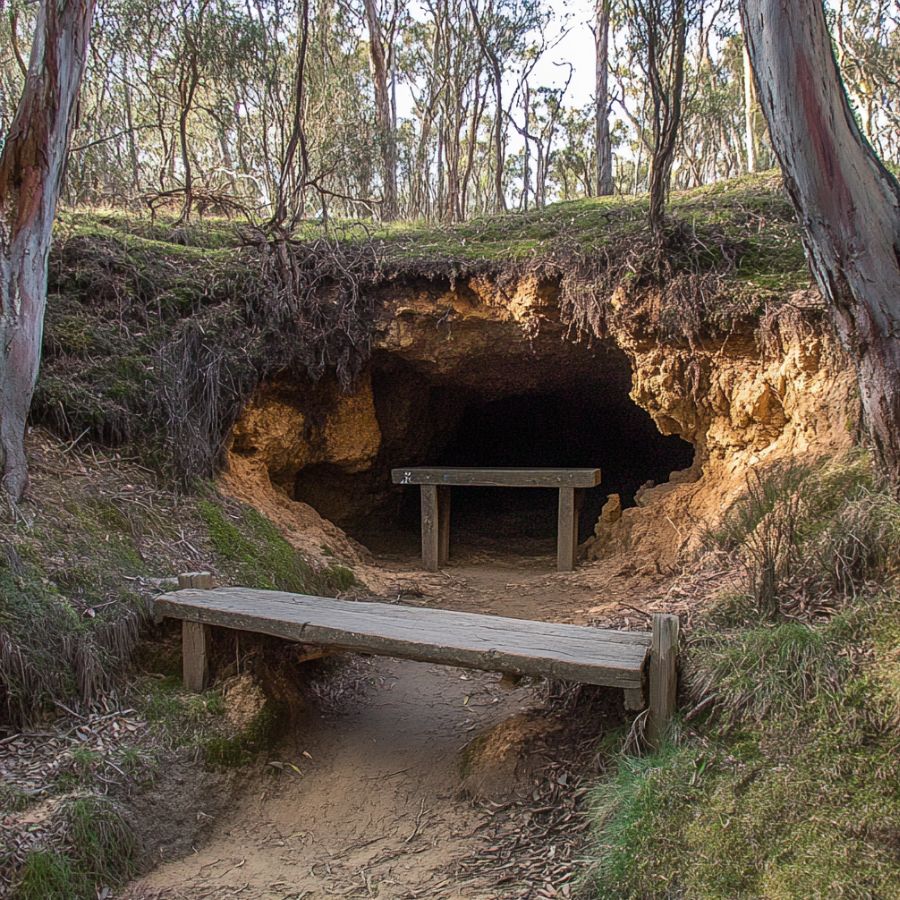
Don’t ignore old mining areas. The miners from back in the day missed stuff. Their old tailings (the leftover rock piles) might contain platinum they didn’t recognize or couldn’t extract with their tech.
Bring a metal detector that can pick up platinum – it responds differently than gold. Sift through these piles carefully, especially if the mine was known for nickel or copper, as platinum often shows up with these metals.
Weathered Outcrops
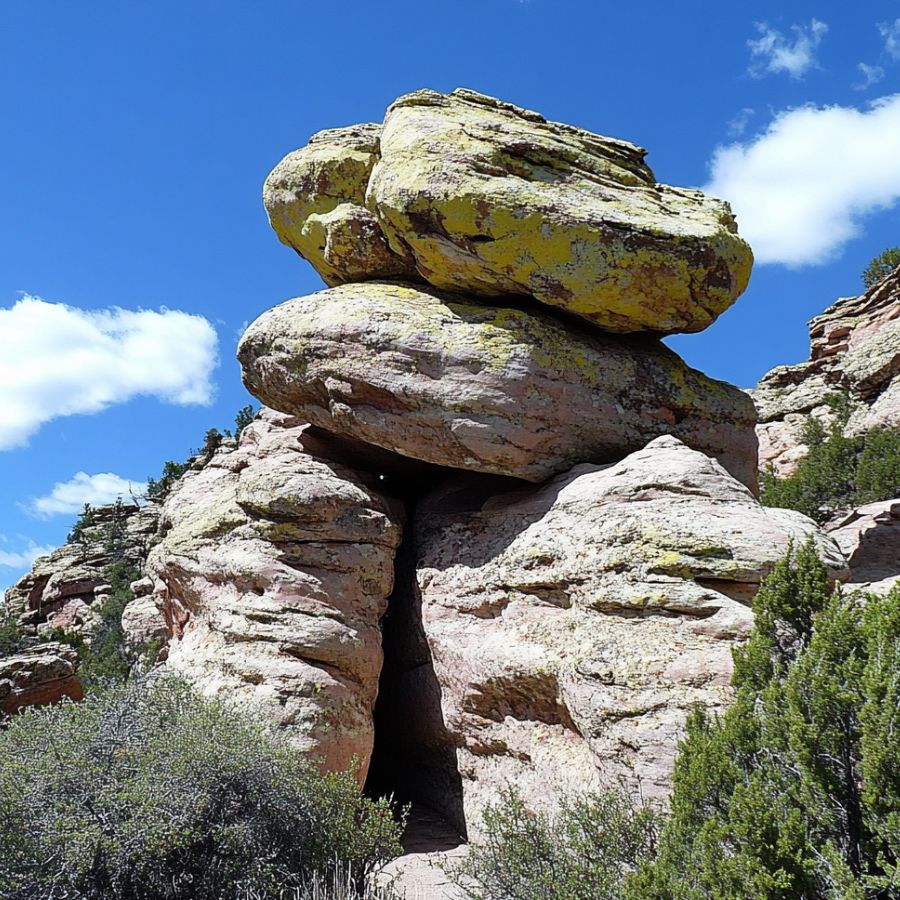
Explore weathered rock outcrops. When rocks break down from weather, heavier minerals like platinum concentrate near the bottom of slopes.
Look for rusty-colored areas where iron has oxidized because platinum sometimes exists alongside these iron-rich zones.
Some Great Places To Start
Here are some of the better places in the state to start looking for Platinum:
Always Confirm Access and Collection Rules!
Before heading out to any of the locations on our list you need to confirm access requirements and collection rules for both public and private locations directly with the location. We haven’t personally verified every location and the access requirements and collection rules often change without notice.
Many of the locations we mention will not allow collecting but are still great places for those who love to find beautiful rocks and minerals in the wild without keeping them. We also can’t guarantee you will find anything in these locations since they are constantly changing.
Always get updated information directly from the source ahead of time to ensure responsible rockhounding. If you want even more current options it’s always a good idea to contact local rock and mineral clubs and groups
Laughlin Peak
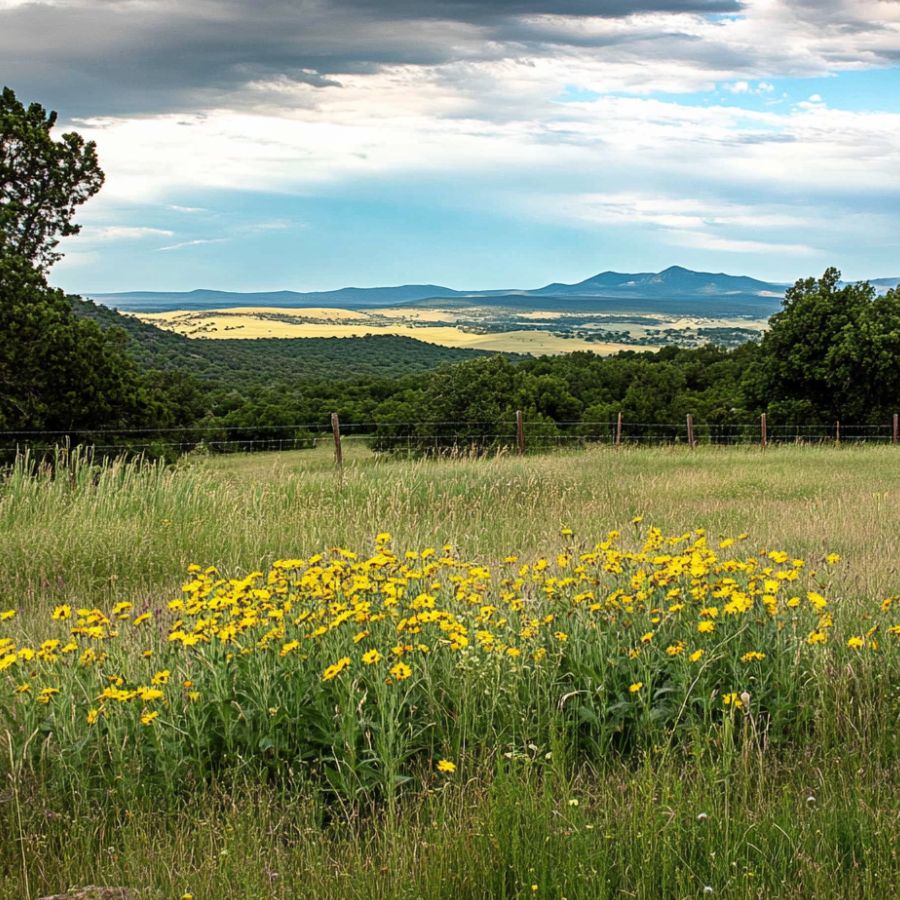
Laughlin Peak is located in Colfax County. This peak is part of the Laughlin Peak-Chico Hills igneous complex. The area has special rocks that formed when magma cooled down millions of years ago. These include A-type granites and phonolites.
Platinum can be found here, especially in the alkaline igneous rocks and carbonatite intrusions. These are good spots to look for platinum-group elements. The peak has many mineral deposits like carbonatites and breccia pipes.
The area also has rare earth elements, niobium, thorium, and zircon. These minerals are mostly found in carbonatite and breccia pipe deposits. Deep cracks in the earth helped bring magma and hot fluids to this area.
Carbonatite dikes and breccia pipes are also good spots to find platinum. Using geological maps can help find the exact spots with more platinum.
Carlsbad Basin
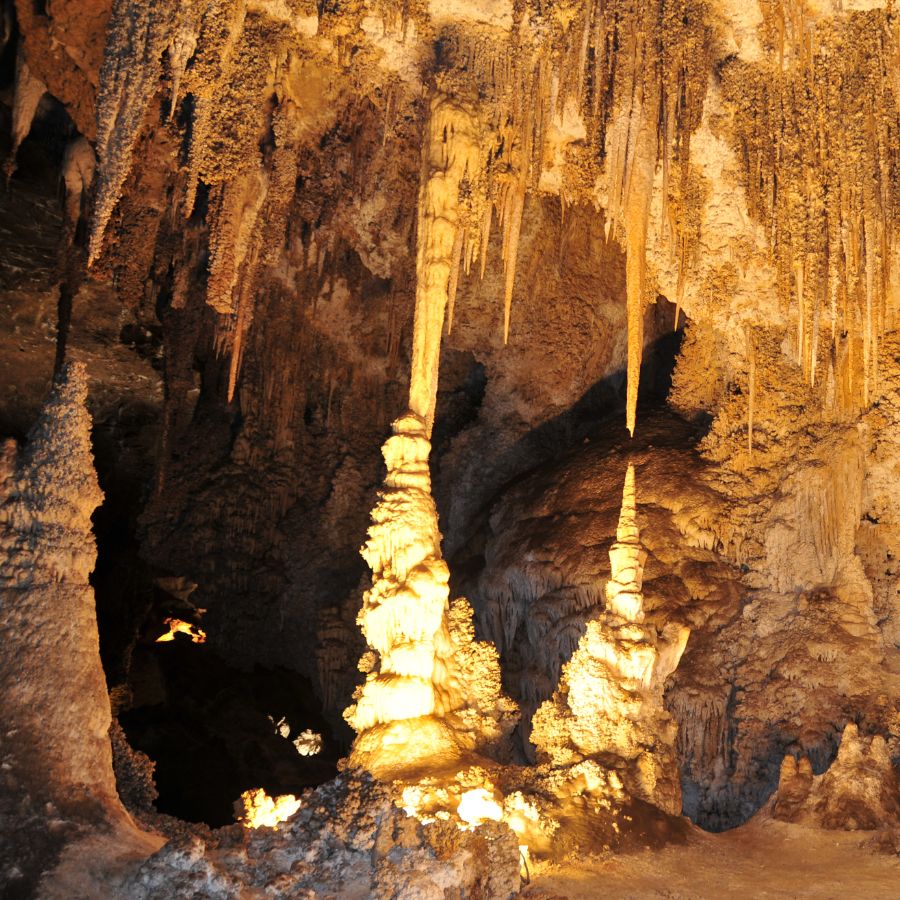
Carlsbad Basin lies in southeastern New Mexico. This area is famous for its amazing caves and mineral formations. The Capitan Reef Complex, a reef that turned to stone during the Permian period, created natural wonders like Carlsbad Caverns and Lechuguilla Cave.
The caves here were formed in an unusual way, through sulfuric acid dissolving the rock. This process is connected to oil and gas deposits underneath. Platinum hunters focus on specific spots within the basin’s network of caves and mineral-rich formations.
Carlsbad Basin is also home to one of America’s largest potash deposits. Miners extract minerals like sylvite and langbeinite from the Carlsbad Potash District. These valuable minerals formed when ancient seas dried up long ago.
The unique mix of minerals and geological conditions makes this basin special for prospectors. Some areas have the right mix of conditions that concentrate platinum and other precious metals, making them prime spots for exploration.
Sierra Blanca
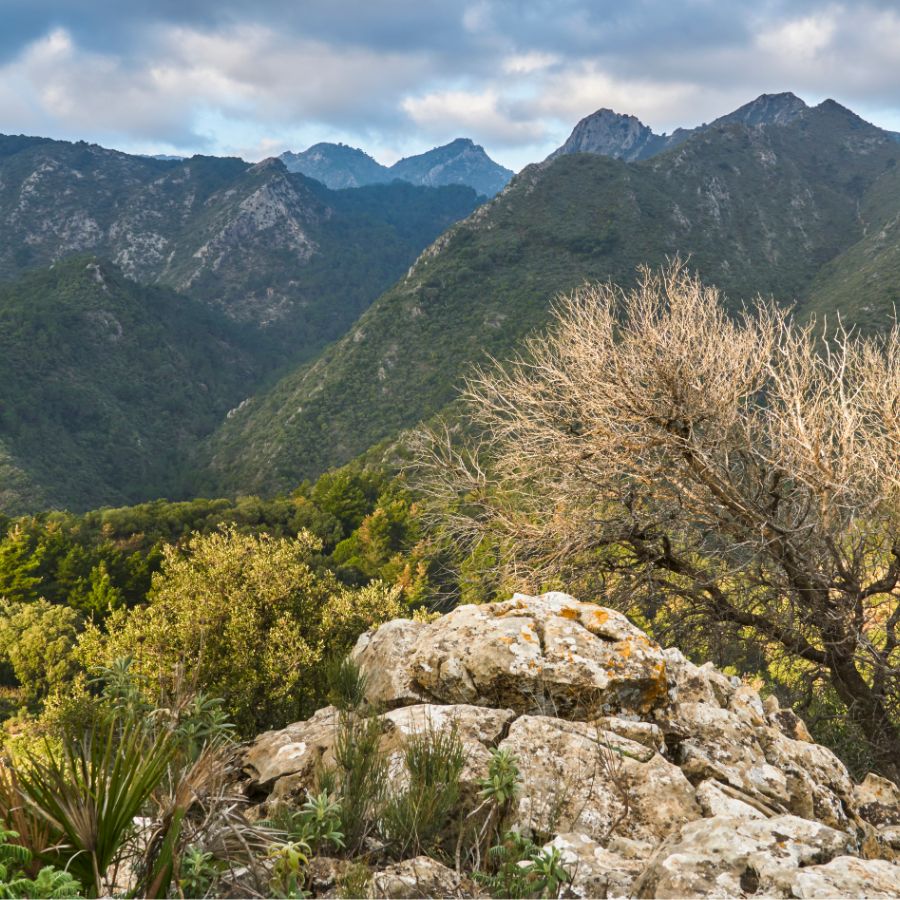
Sierra Blanca is a volcanic mountain range in south-central New Mexico. Sierra Blanca Peak reaches 11,981 feet high, making it the tallest point in southern New Mexico. Much of this range sits on the Mescalero Apache Tribe’s land, who consider it culturally important.
The area formed through volcanic activity between 38 and 26 million years ago. During this time, lava flows and volcanic materials built up to create the mountains we see today. The Three Rivers Stock, made mostly of syenite and alkali feldspar granite, lies beneath Sierra Blanca Peak.
Platinum seekers should head to the Three Rivers Stock area. This spot represents what’s left of an ancient magma chamber and offers good chances for finding platinum. The Nogal Peak area, also part of the Sierra Blanca volcanic field, is another promising location.
The presence of Tertiary alkalic rocks makes this region good for platinum-group metal hunting. Similar rock formations in other places have yielded platinum, suggesting Sierra Blanca might hold valuable deposits too.
Hillsboro Area
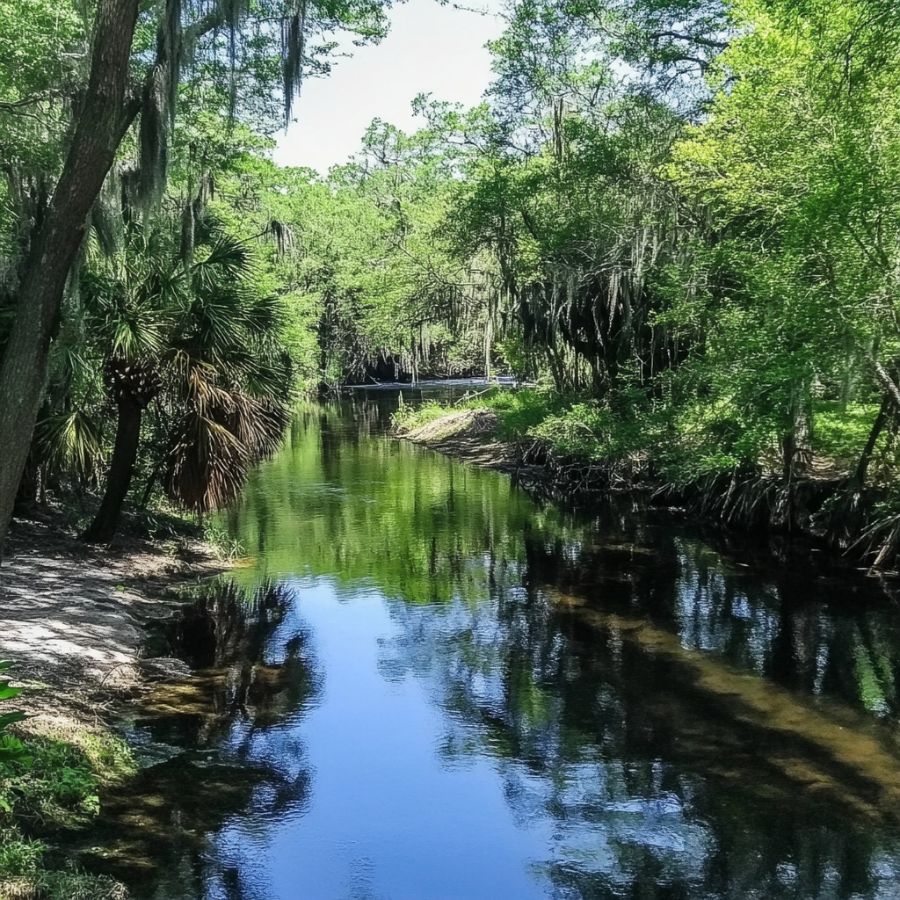
Hillsboro sits in Sierra County’s Black Range in New Mexico. Gold and silver discoveries in 1877 led to this town’s birth. It quickly grew into an important mining center with 1,200 residents by 1907. For 55 years, it served as Sierra County’s seat.
The land around Hillsboro contains rich mineral veins created by hot fluids from deep magma sources. These Laramide porphyry copper deposits hold various valuable minerals, including platinum.
Besides platinum, miners have found gold, silver, copper, lead, zinc, and molybdenum here. The Copper Flat Mine near town has been a key source of several metals. Rare minerals like melanotekite have been discovered just two miles east of Hillsboro.
Adventurous platinum hunters should check out three main areas: the Copper Flat Mine northeast of town, the Percha Creek Area with its diverse Macy Mine, and Rattlesnake and Wicks Gulches. Look for ultramafic rocks and chromite-rich zones as they often signal platinum’s presence.
Cornudas Mountains
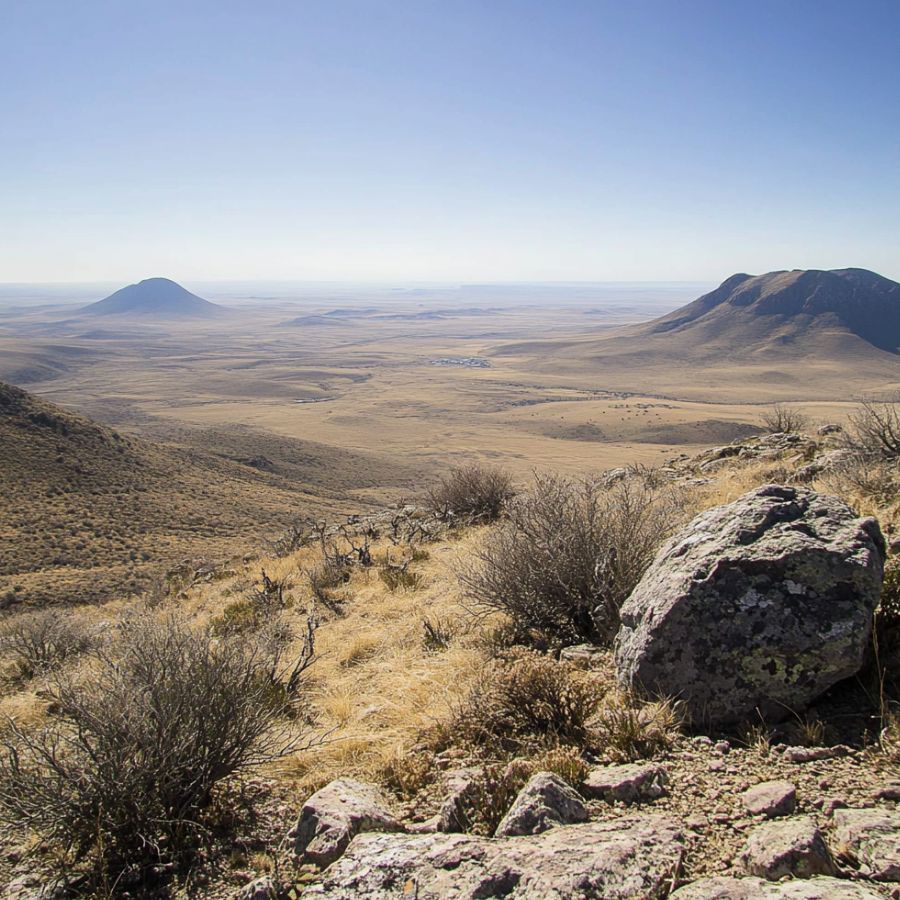
Cornudas Mountains rise from Otero Mesa in southern Otero County. The range includes various rock formations like laccoliths, sills, dikes, and plugs that date back to the Tertiary period.
Wind Mountain, a large laccolith in the range, shows interesting mineral patterns. As it cooled, different zones formed through crystal fractionation and gas separation. This process created rare minerals like georgechaoite and windmountainite, which were first found here.
The mountains contain mostly porphyritic nepheline syenite, phonolite, and trachyte rocks. These alkaline igneous rocks create good conditions for platinum to form. The area is also rich in niobium, zirconium, and rare earth elements.
For finding platinum, focus on Wind Mountain laccolith. Scientists have identified specific zones within this formation, especially areas with lots of nepheline syenite, as good places to search. These zones have unique mineral collections that make them stand out as platinum hotspots.
Places Platinum has been found by County
After discussing our top picks, we wanted to discuss the other places on our list. Below is a list of the additional locations along with a breakdown of each place by county.
| County | Location |
| Lincoln | Carrizozo |
| Otero | Pajarito Mountain |
| Socorro | Lemitar Mountains |
| Socorro | Chupadera Mountains |
| Bernalillo | Monte Largo |
| Torrance | Lobo Hill |
| San Miguel | Pecos Greenstone Belt |
| Bernalillo | Tijeras-Hell Canyon |
| Luna | Rockhound State Park |
| Socorro | Kelly Mine |
| Socorro | Quebradas Back Country Byway |
| Socorro | San Lorenzo Canyon |
| Socorro | Box Canyon |
| Socorro | Water Canyon |
| Socorro | Magdalena Mountains |
| Taos | Harding Pegmatite Mine |
| Santa Fe | Glorieta Pass |
| Lincoln | Red Cloud Canyon |
| Sierra | Caballo Mountains |
| Grant | Gila National Forest |
| Catron | Mogollon Mountains |
| Taos | Pilar |
| Eddy | Chalk Bluff Road |
| Sierra | Petroglyph Mine |
| Luna | Deming |

